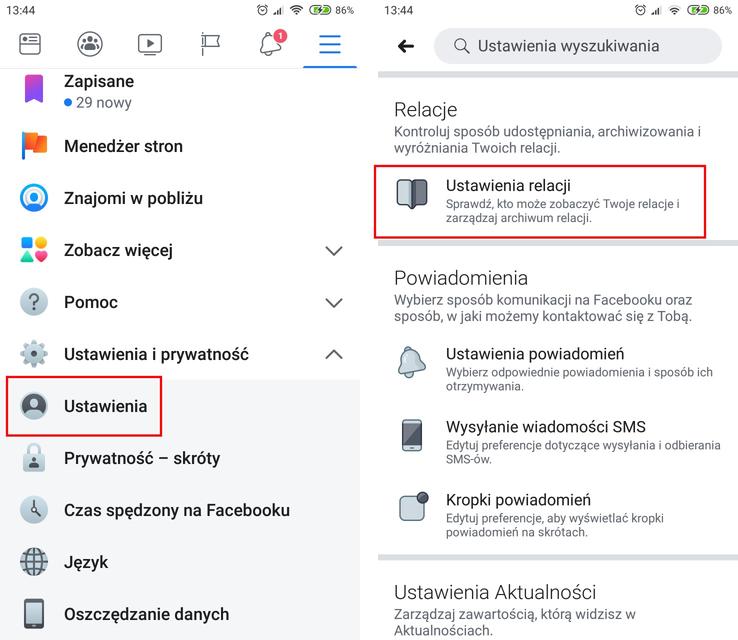Home ›Here are the 5 most common mistakes made by Android smartphone users 03/25/2021 15:49
We have been using smartphones in Poland for over a decade. A lot has changed since the premiere of the first models, but many software elements and certain safety rules remain unchanged. Unfortunately, many users still do not know these rules. This is clearly shown by examples of popular scams.
Many smartphone owners do not know how to stay safe online, or maybe they are not even aware of the dangers awaiting them. For this reason, we decided to introduce a few basic safety rules. We also have tips for setting up and getting the most out of your Android smartphones. Why this particular system? Because in Poland it is used by 94.15 percent. users of mobile devices (Statista).
- Android antivirus works just like Windows - it won't protect you from the threat
One of the worst assumptions of Android users is relying on antiviruses. Security software does not work the same way as for Windows. They do not have full access to the files, so they are not able to scan the application in real time. They can only do this during installation, and that doesn't mean they'll detect the threat yet.
Most of the malware writers use an easy way to bypass antivirus software. Applications are installed as downloaders. The security program sees nothing wrong with their codes. They themselves download malware only after some time, or they do it right after launching a specific application, asking for additional content to be installed. The antivirus does not catch that anymore.
The belief that "antivirus" is necessary on an Android smartphone and works exactly the same as it does on a Windows computer is wrong. In fact, Android is much more difficult to infect the system (as long as it is regularly updated for security by the manufacturer), which is due to, among others, from running applications in isolated sandboxes, as well as the permission mechanism. The user will be largely safe thanks to the fact that he will not install applications from unofficial sources, because this way he will not bypass the Google Play Protect securityOskar Ziomek

- Installing applications from unknown sources
As Oskar mentioned in his speech, installing applications from unknown locations is the main source of malware on Android smartphones. In iPhones, we will not find such a possibility, as long as we do not break the system's security using, for example, a jailbreak.
Installing apps from unknown sources is an option that smartphone owners shouldn't turn on. We can never be 100% sure whether a given Android application is safe. We may not even notice that there is malware on the smartphone. We will find out only when the bank account is cleared.
- Photos of documents, card PINs and other sensitive data
Sometimes we store too much valuable information on smartphones. Sometimes they are even photos of ID cards, passports, plane tickets and the like. This is not the best idea, considering that we provide multiple applications with access to photos or phone memory at the same time. There are also situations in which cybercriminals take over such photos and then use them to extort money. They put up electronics or apartments for a ridiculous price and then use the ID card to prove their identity.
Storing passwords, logins, PIN codes and all kinds of confidential information is a similar mistake. Moreover, in the event of a device being hacked or stolen, we open the door to our money or online accounts for the criminals.
We should also not store this type of photos and information in Facebook conversations. Recent months have shown increased activity of cybercriminals stealing login details to the website. For your own safety, better keep nothing there. The ideal solution is to use two-factor authentication.
- Google - neglected privacy settings, and then surprise
Google can surprise you with the amount of data collected with users' consent. One rather disturbing example is the history of Google's apps. In smartphones with Android system, it serves as a search engine, discover panel for news, but also collects local data. If we don't turn off Google history, the phone will take a screenshot every time we search for something.
To check your history settings, just launch the Google app. On some phones, simply swipe left to view the discover tab. Then click on the user's logo and "Recent". If the option is enabled, the screenshots of the searched terms will be shown. To turn it off, expand the bar located in the top right of the screen (3 vertical dots) and uncheck "Recent pages". It is worth doing a similar operation in the "Search history" section.
If we used the Google Assistant, we can also find audio recordings with our participation in the Google account. We will check this in the "My activity" section at this address. What to do? It's best to delete everything and disable "Web & App Activity" permanently. However, then we will not be able to use the "Bonuses for Google Surveys" service.
- "Emergency SOS" function disabled
The SOS function is not available in all Android smartphones, although it should, because it can save a person's life. iPhones have had it for a long time. As the basic functionality of the system, it will only be available from version 12. However, overlays from manufacturers such as Xiaomi, Huawei or Samsung allow you to use it at this point. To do this, just go to settings and search for "SOS".
SOS in Android works by sending information asking for help to a trusted person. First we need to select one of the contacts and add it to the list. In the event of an emergency and an alarm, an SMS will be sent to that person with information about the location. The signal is activated differently depending on the device. Typically, this is pressing the power button 5 times.


